The Benefits of the TOPS Procedure Compared to Spinal Fusion

At St. Charles Spine Institute in Southern California, we believe in offering patients the most advanced and effective treatment options available for a broad variety of spinal problems. To that end, we strive to stay current with the latest medical technologies, proactively investigating new techniques, research, devices, and clinical trials to ensure we can offer our patients the latest innovations in proven, effective care.
Spinal problems are common, and almost everyone experiences some form of back problem during their lives, from temporary back pain to debilitating conditions that require medical intervention. As people age, they are more likely to experience back problems that cause chronic pain or limit mobility. For some sufferers, these problems result from a single traumatic incident, such as a fall; for others, they develop from a lifetime of strenuous work, natural degeneration, or conditions like osteoporosis or osteoarthritis.
The TOPS Procedure for Treating Spinal Stenosis and Degenerative Spondylolisthesis
Two relatively common spinal problems that affect almost 20% of the population at some point in their lives are lumbar spinal stenosis and degenerative spondylolisthesis.
Spinal stenosis is the narrowing of the spinal canal, which pinches the nerves. Symptoms include pain in the neck or back, numbness, weakness, or tingling in the arms and legs.
Spondylolisthesis occurs when one vertebra slips out of position relative to an adjacent vertebra. Like stenosis, this can pinch the nerves in the spine and cause pain or numbness.
Traditionally, doctors have treated these conditions with laminectomy and spinal fusion. In spinal fusion, a surgeon fuses two or more adjacent vertebrae to stabilize the spine and eliminate the pinching of the nerves in that joint. While fusion is a highly effective treatment for eliminating pain, it may predispose patients to future spine degeneration. Consequently, the spine specialists at St. Charles Spine Institute may recommend the TOPS (Total Posterior Spine) System procedure to patients with stenosis or spondylolisthesis in appropriate cases. The TOPS procedure involves replacing the damaged vertebra and joint with a prosthetic device that provides strength while preserving mobility.
Below, the two treatments are compared across key aspects, showing how TOPS may offer significant advantages over spinal fusion.
1. Purpose and Outcomes
Spinal fusion permanently joins two or more vertebrae to eliminate motion at a painful segment, thereby reducing or eliminating nerve compression and pain.
The TOPS procedure implant stabilizes the spine while preserving motion, allowing flexion, extension, lateral bending, and rotation at the treated level.
2. Surgical Technique
Spinal fusion often involves removing the damaged disc, inserting bone grafts or cages, and placing instrumentation to fuse vertebrae over time.
After the damaged vertebra is decompressed, the TOPS device is implanted to replace the facet joints and posterior elements. Screws anchor the device, but no fusion or bone graft is required.
3. Motion Preservation
Spinal fusion limits flexibility at the treated level, which can affect biomechanics and lead to stress on adjacent vertebral segments.
The TOPS implant preserves range of motion at the treated level, reducing the likelihood of adjacent spine degeneration.
4. Operative Time and Complexity
Spinal fusion is sometimes a longer surgery, involving multiple steps and more complexity.
TOPS is a streamlined procedure following decompression, with reduced surgical time and minimized tissue disruption.
5. Recovery Time
Recovery for spinal fusion can take time, with activity restrictions during the natural bone fusion process.
TOPS patients generally recover more quickly, often returning to light activity within a few weeks.
6. Postoperative Outcomes
Spinal fusion can relieve pain but may lead to stiffness and some limited mobility.
The TOPS procedure offers pain relief without sacrificing flexibility, leading to improved functional outcomes.
7. Risk of Adjacent Segment Disease
Spinal fusion increases the risk of adjacent spine problems in the future due to the immobilization of one spinal level, which places more stress on surrounding segments.
By maintaining motion, the TOPS device helps preserve the health of adjacent spinal levels.
8. Reversibility
Spinal fusion is a permanent fix.
The TOPS implant is removable if a revision surgery is needed in the future.
TOPS at St. Charles Spine Institute in Thousand Oaks
While spinal fusion has been a highly successful and long-standing standard of care for lumbar instability, the TOPS procedure may provide long term motion-preservation, with faster recovery and reduced long-term risks. At St. Charles Spine Institute in Thousand Oaks, we proudly offer the TOPS System to suitable candidates as part of our commitment to bringing state-of-the-art spinal care to our patients.
If you’re exploring treatment options for lumbar spinal stenosis or degenerative spondylolisthesis, contact St. Charles Spine Institute today to determine if the TOPS procedure is right for you.
